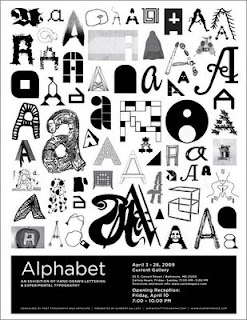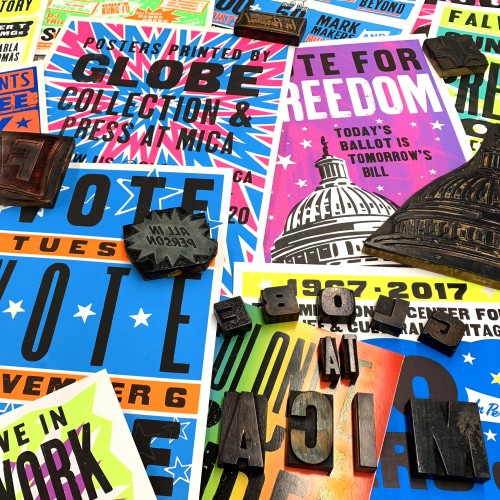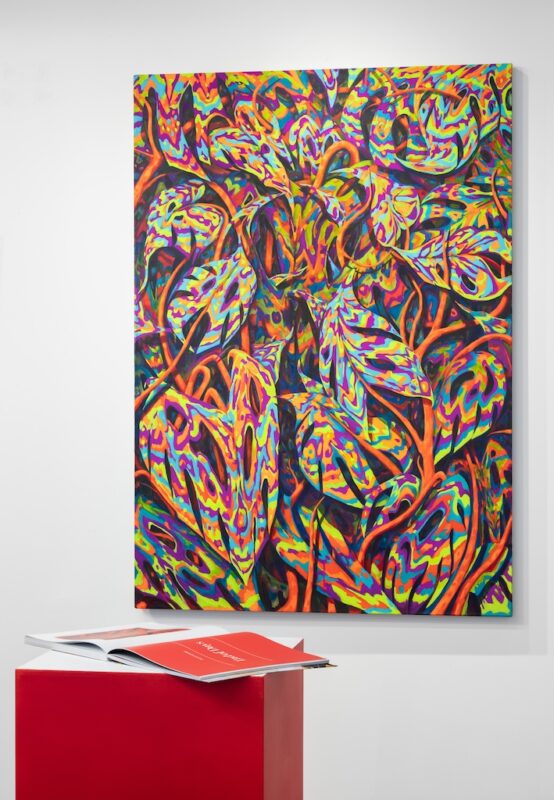
Alphabet: An Exhibition of Hand-Drawn Lettering and Experimental Typography
Opening Reception: April 10, 7 – 10pm
Exhibition Dates: April 3 – 26, F-Su 11am – 3pm
Current Gallery is pleased to present Alphabet: An Exhibition of Hand-Drawn Lettering and Experimental Typography, organized by Post Typography and Artscape. Following the successful opening exhibition in July 2005 at the Maryland Institute College of Art in Baltimore, Alphabet has been traveling nationally, and is now coming home to Baltimore.
Focusing on an ordinary subject that we see each day, often in the hundreds of thousands, Alphabet presents 26 letters as more than just shapes for conveying information. The 51 artists and designers in this show conceive and interpret the alphabet in surprising and inventive ways, ranging from graceful and polished to witty and subversive. The 63 alphabets featured in Alphabet were created by artists in North America, Europe, and Asia, representing work from well-known typographers such as Ed Fella and Ken Barber to young, rising artists such as Sweden’s Hjärta Smärta and Andrew Jeffrey Wright of Philadelphia’s Space 1026.
The alphabets in the exhibition reflect a range of thinking about lettering that encompasses the conceptual, illustrative, typographic, and beyond. Some of the artists have created their alphabets from a variety of non-traditional media or found objects. Andrew Byrom constructed a series of 26 welded, steel frame tables and chairs, which when viewed from certain angles form a lowercase alphabet (some chairs may be more functional than others). A likeminded, though more fluid approach to dimensional letters is Reagan Marshall’s “Body Language”, exhibited as a series of photographs which document a “typographic ballet.” In the performance, the dancer contorts herself inside a specially-constructed spandex bag to create letters from the human form. Taking a more structured approach, Apirat Infahsaeng conscripts a series of board games to serve typography—one alphabet uses a Connect Four frame as a matrix for a complete character set, while another uses the elements of a Tangrams puzzle to explore different configurations of geometric characters.



